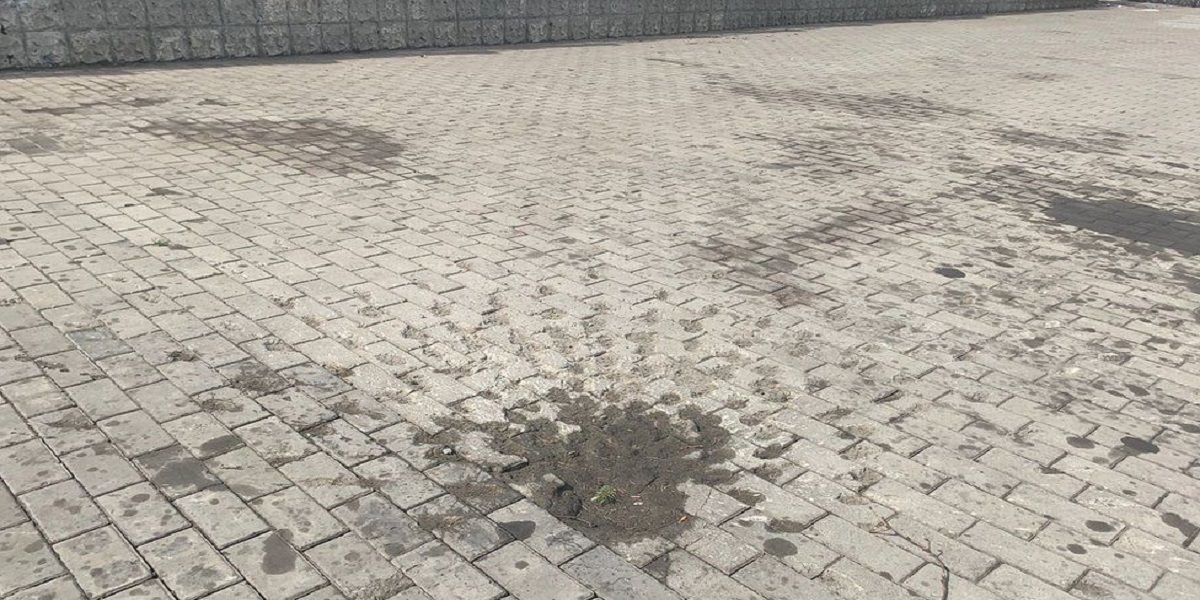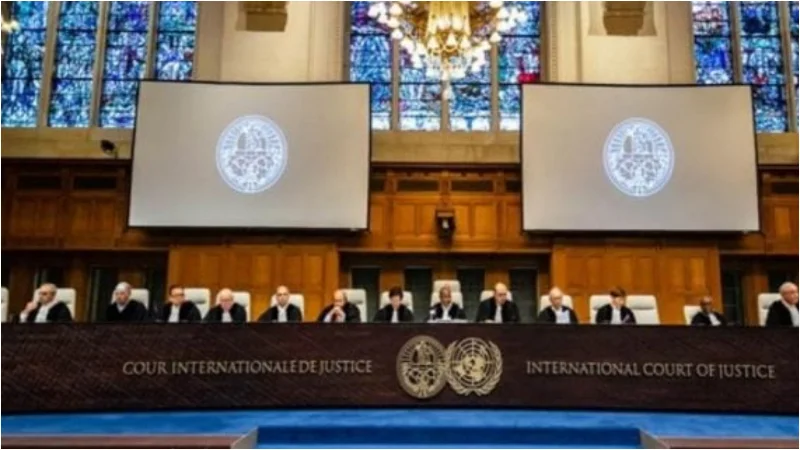According to a BBC investigation, a cluster bomb, which is banned by several countries under international law, was used in an attack on the Kramatorsk railway station in Ukraine.
These weapons fire a payload of bomblets that disperse and explode across a large region.
On April 9, a missile attacked the station, which was crowded with people trying to flee the country’s east. More than 50 people were killed.
Over 120 countries have signed a treaty forbidding the use of such weapons, but Russia and Ukraine have not.
After the strike, BBC journalists noticed evident patterns on the ground that were consistent with the usage of a cluster-munitions warhead.
The many explosions that ensue often distribute debris around the missile’s main impact point, creating telltale pockmark indentations where each one hits.
A scatter pattern was also visible along the side of a structure near the station, next to a larger hole in the wall.
Witnesses told Washington Post reporters who arrived on the scene shortly after the hit that “an initial explosion followed by four to five blasts” had been heard. A cluster bomb’s sound pattern is very similar to this.
Following the attack, the wreckage of a Soviet-era Tochka-U missile was discovered.
It’s a short-range single-warhead ballistic missile that can be equipped with a cluster warhead with 50 bomblets that can detonate on impact.
Although Ukraine also has these missiles in its arsenal, there is evidence that Russia has used them in the current conflict.
Russia has previously denied employing it in Ukraine’s Donetsk and Luhansk areas, but these assertions are being challenged.




















